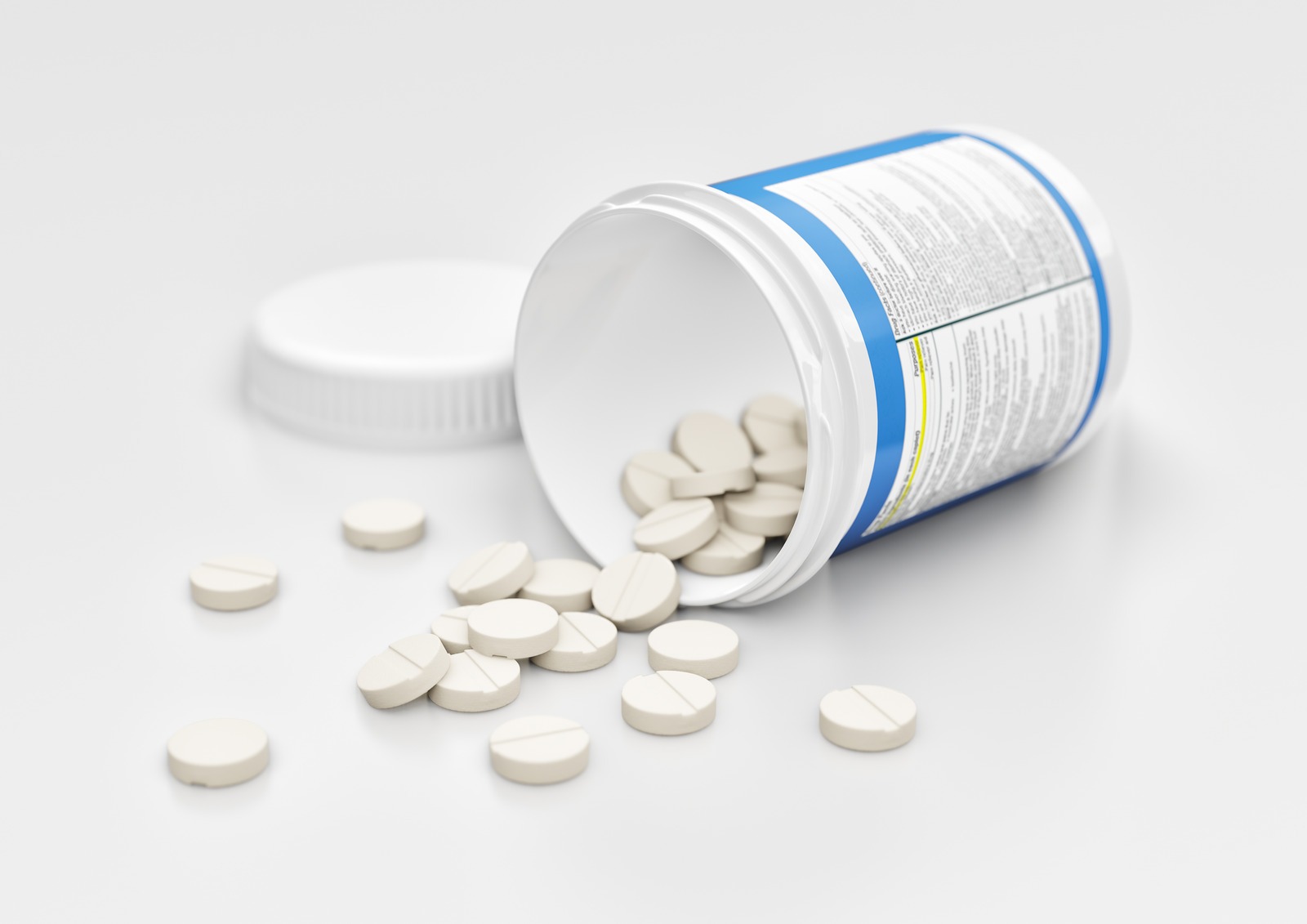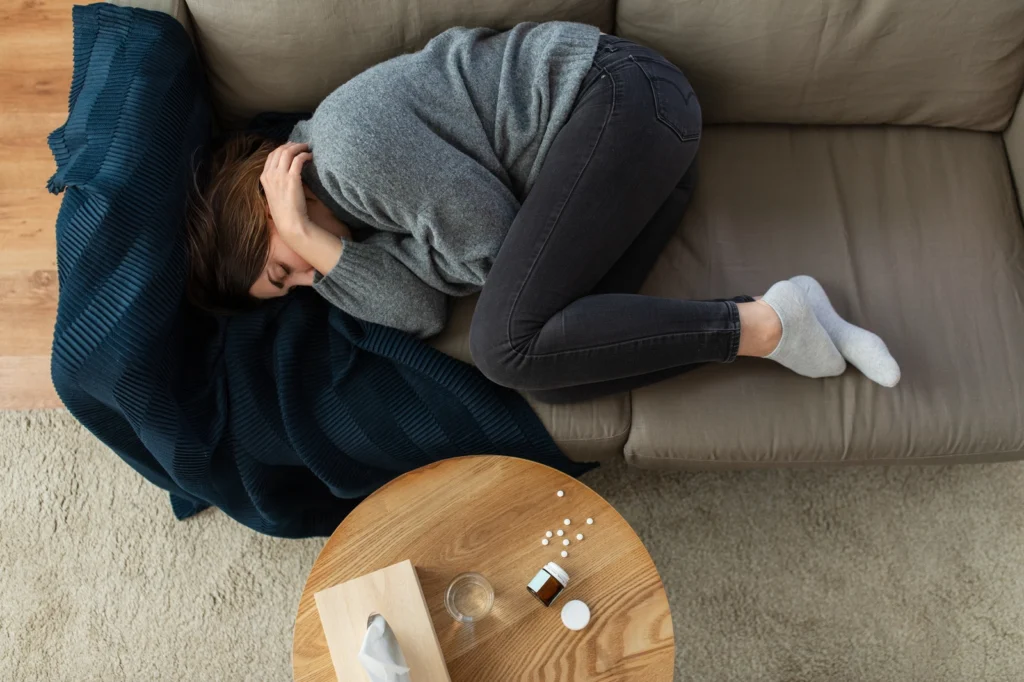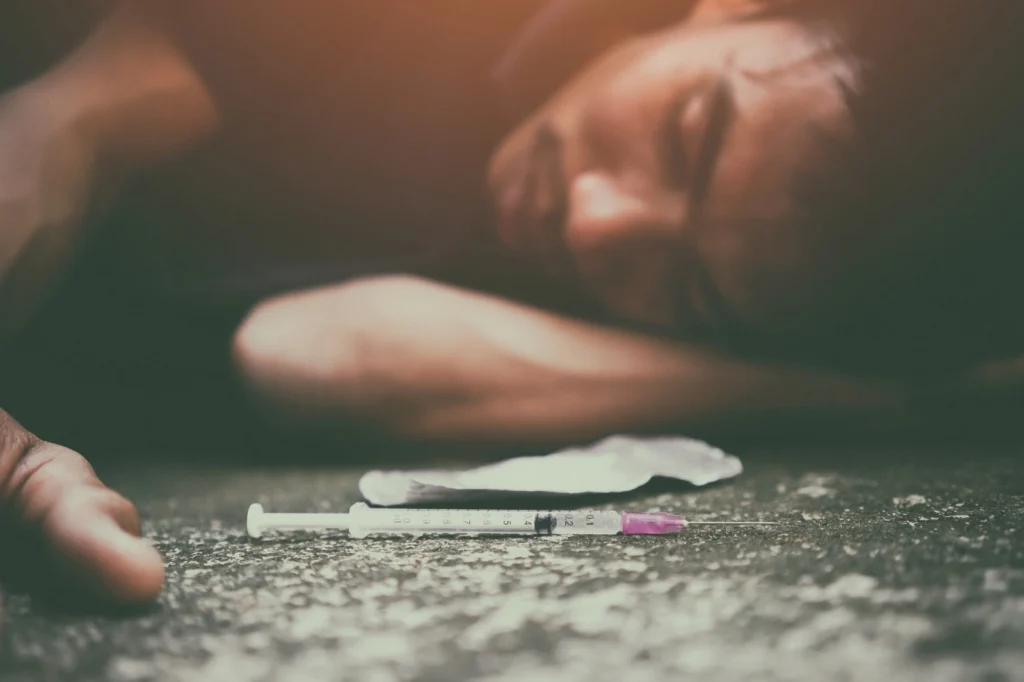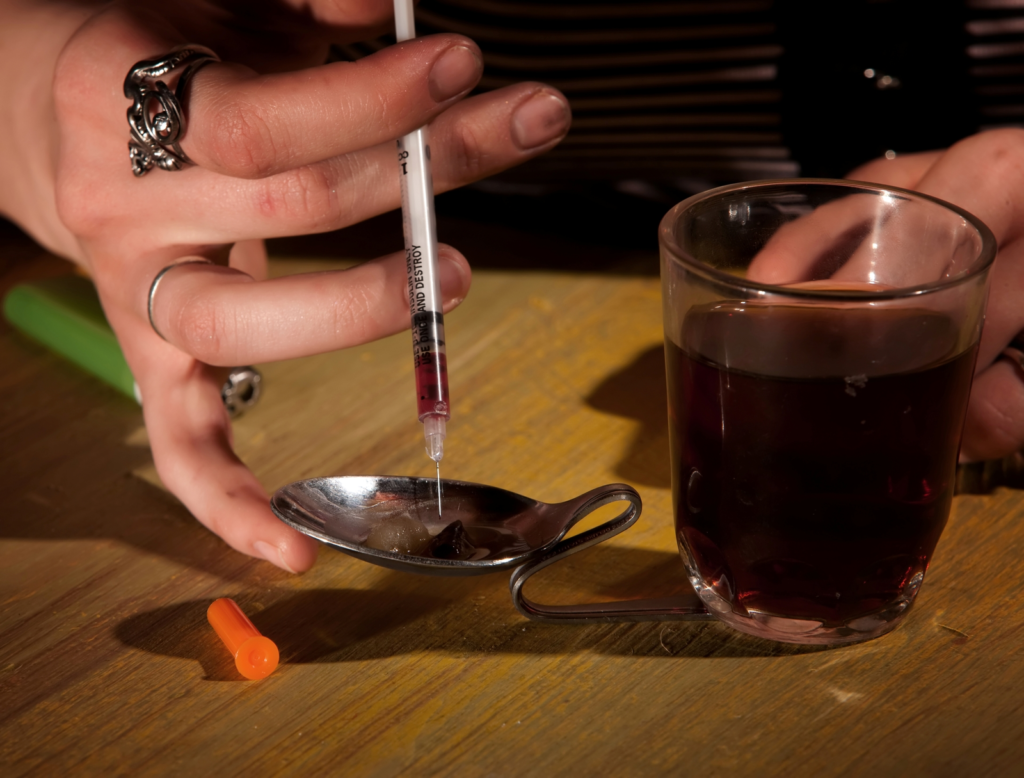Clonidine Withdrawal: Symptoms, Signs, and Treatment

Clonidine is a drug used in combination with other drugs to treat conditions like attention deficit hyperactivity disorder (ADHD), anxiety, menstrual pain, and withdrawal from addictive substances. Clonidine has addictive potential on its own, however, and maybe abused alongside prescription painkillers or heroin.
Prolonged use of clonidine can cause physical dependence and withdrawal if you stop taking the drug. Learn more about clonidine withdrawal, its symptoms and signs, and available treatment options.
Key Points
- Clonidine is a drug that’s used in combination with other drugs to treat ADHD, anxiety, and withdrawal.
- Clonidine can cause physical dependence or addiction with prolonged use, leading to significant and dangerous withdrawal symptoms.
- One of the biggest risks of clonidine withdrawal is a hypertensive crisis or high blood pressure that can be life-threatening.
- Stopping clonidine requires a taper schedule and medical detox to prevent complications and reduce withdrawal symptoms.
What Is Clonidine?
Clonidine is a medication prescribed to treat ADHD and other conditions, including addiction withdrawal. It comes in various forms, such as a brand name and generic drug. Clonidine is usually used in combination with other drugs.
This drug belongs to a class of drugs called centrally-acting alpha-agonists. Though the exact mechanism of action isn’t known, we know that clonidine works in the part of the brain that regulates behavior, attention, and emotion.[1]
Effects of Clonidine
Clonidine can decrease the heart rate, effectively treating high blood pressure. It relaxes the blood vessels and allows blood to flow more easily. Some short-term effects of clonidine include drowsiness, dizziness, constipation, and dry mouth.[2]
Initially, clonidine may have a sedative effect that can impact your ability to drive safely. It shouldn’t be combined with other depressants, such as alcohol, because the two together can depress your central nervous system to dangerous levels.[3]
With long-term use, clonidine can have the potential for several adverse effects, including fever, headaches, weakness, and fatigue. More serious heart effects can also occur, including heart palpitations, congestive heart failure, atrioventricular blockage, and more.[4]
The central nervous system can be affected by clonidine.[5] It can cause sleep disturbances, depression, anxiety, and hallucinations, which can be severe and dangerous. The potential for dependence is a risk with clonidine, despite its use as an addiction-related withdrawal treatment.
Clonidine Overdose Risk
Like any drug, you can overdose on clonidine if you take too much for your body to handle. Clonidine overdose causes hypertension, or high blood pressure, followed by hypotension, or low blood pressure. Clonidine depresses the central nervous system to dangerous levels, which can lead to severe respiratory depression.
Some of the signs of clonidine overdose include:[6]
- Slowed heart rate
- Fainting
- Shivering
- Tiredness or weakness
- Drowsiness
- Slurred speech
- Coma
Clonidine overdose is a medical emergency. If you suspect someone is overdosing, call 911. Wait with the person until help arrives.

Clonidine Withdrawal
Regular use of clonidine can lead to physical dependence, which is when your body becomes used to the presence of a drug to function. When you stop taking it, withdrawal occurs. Clonidine withdrawal is considered dangerous because of the risk of a hypertensive crisis.[7] This happens because clonidine reduces blood pressure over time, and stopping suddenly can cause a dangerous rise.
Clonidine has other withdrawal symptoms, including hallucinations, nausea, and vomiting, as well as mood changes.[8] Clonidine must be tapered slowly to reduce the risk of serious withdrawal symptoms.
Can I Stop Taking Clonidine on My Own?
No, you should never stop taking clonidine on your own, especially all at once. A taper schedule is necessary to prevent dangerous clonidine withdrawal symptoms, including rebound symptoms that cause a hypertensive crisis. You should always talk to your doctor about how to stop taking clonidine safely.
Clonidine Addiction and Detox
Clonidine may be used to help with addiction-related withdrawal to manage symptoms associated with stopping alcohol, opioid, or nicotine use. It can help with feelings of anxiety and agitation, which is common with substance withdrawal, and helps alongside other drugs like methadone.
However, clonidine can be addictive on its own. It may be abused because of its low cost and availability. This also occurs with long-term use of the drug, which is why it’s typically monitored as part of a comprehensive treatment plan with medical professionals.
Because of the seriousness of clonidine withdrawal, detox is often recommended as the first step in clonidine addiction treatment. Detoxing from the drug in a treatment facility reduces the risk of relapse and offers medical supervision to prevent potentially fatal complications.
Clonidine rebound is one of the most significant risks during withdrawal. If a hypertensive crisis occurs, having a medical team to respond and stabilize you can make all the difference. The drug is also tapered in detox, reducing the risks of extreme symptoms.
Using a tapering schedule can make detox last for weeks, but it’s important for safety and long-term health. A doctor determines the initial dosage and tapering schedule based on your usual dose, current health, and medical history. Reducing the doses gradually allows your body to readjust to the lower levels of clonidine rather than experiencing an extreme withdrawal from suddenly stopping.
If withdrawal symptoms appear, you may need to return to your previous dosage to relieve the symptoms before continuing the taper. This isn’t a setback but a necessary part of keeping you safe and comfortable.
Treatment for Clonidine Withdrawal and Addiction
If you have an addiction to clonidine or became dependent on clonidine as part of a treatment program for another type of substance abuse, detox isn’t enough to address the addiction. Detox is intended to get you through the withdrawal period safely, which can take weeks, and prepare you for addiction treatment.
Drug rehab is tailored to your unique needs and history, but it involves tools that prepare you for a healthier, substance-free lifestyle. It may take place in an inpatient or outpatient setting. It may include counseling, behavioral therapies, and other modalities that help you manage the emotional, social, and psychological aspects of addiction.
Get Help for Clonidine Addiction
Clonidine has risks on its own, especially if you take it for long periods, mix it with other substances, or become addicted. Clonidine can cause significant withdrawal with potentially dangerous complications, so it’s crucial to seek addiction treatment and avoid quitting clonidine on your own.




